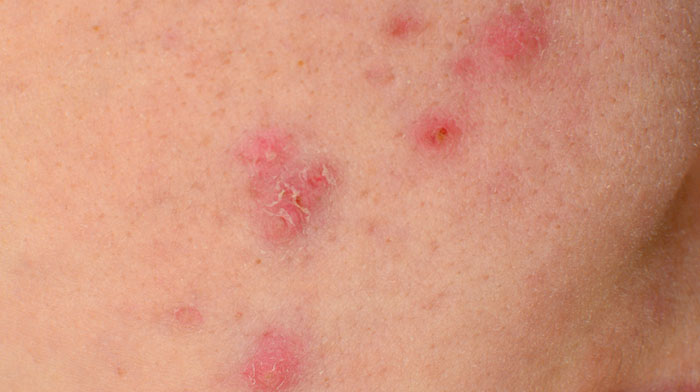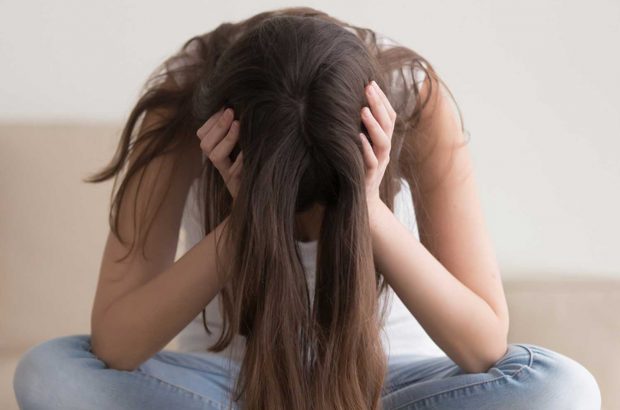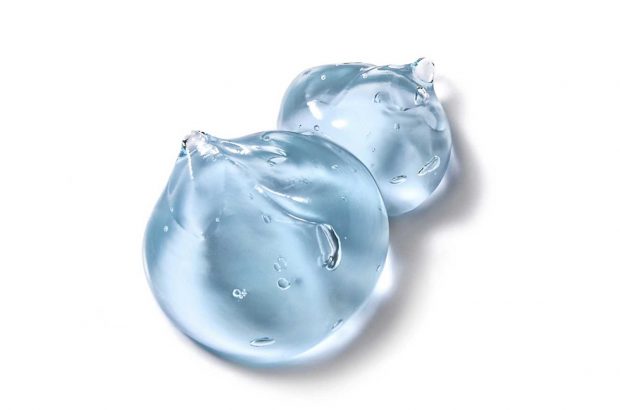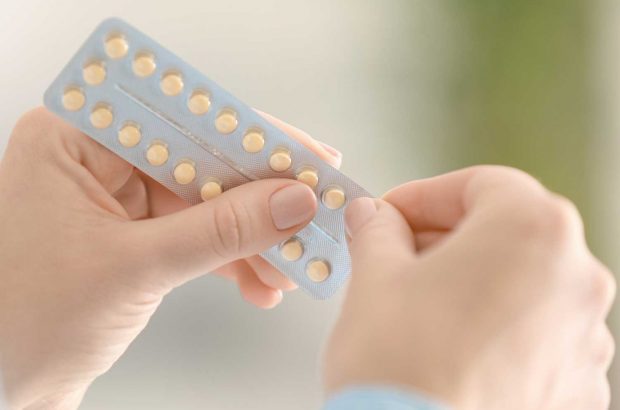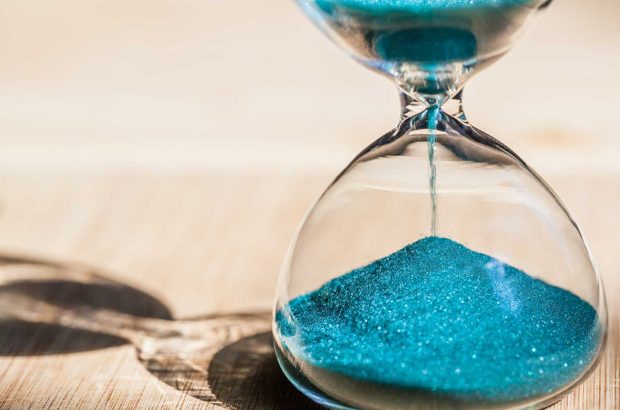
Acne
Acne is one of the commonest medical conditions in the world. It occurs in about 90% of teenagers to some degree but unfortunately also continues well into adult life in some people, particularly women. Acne is a condition that affects the hair follicles, particularly in areas of the skin where the sebaceous glands (oil-producing glands) are most numerous, that is the face, back and chest.
Dermatologists recognise two main type of acne lesion: comedones (blackheads and whiteheads) and inflamed lesions which are red (papules) or may contain pus (pustules). It is quite common for people and the media to trivialise acne, however to people affected it is no joking matter. People with acne are more likely to feel self conscious, have lower self esteem or even be depressed. Adults with acne often feel irritated that they continue to develop very visible so called ‘teenage spots’ on the face when they want to look good for social or professional engagements.
What causes acne?
The causes of acne are complicated and involve several interacting factors. Contrary to popular belief, in most people acne is not caused by bad diet, hygiene or hormone imbalances. Sometimes people that have acne may have inherited a tendency to it from one or both parents. Acne usually starts around puberty when the normal oil producing glands in the skin become more active in response to the normal rise in levels of hormones.
In some people the sebaceous glands are over-sensitive to these normal levels of hormone and the skin can become excessively greasy. Another major problem in people with acne prone skin is the tendency for the opening of the hair follicles (the pores) to block with dead skin cells to produce a skin lesion called the microcomedone. Although invisible to the naked eye, the microcomedone is an acne spot waiting to happen: using a treatment that stops blocked pores is a very important (and sometimes neglected) part of acne treatment.
A bacterium called Propionibacterium acnes (P acnes) is also very involved in the development of inflamed red spots in people with acne. This bacterium is incredibly common and carried by almost everyone, however in people prone to acne the body reacts to the presence of the P acnes in the skin by producing spots. Treatments that control the amount of P acnes on the skin are very helpful.
The final stage in acne is inflammation, in other words redness, soreness and swelling caused by the body’s immune cells surrounding the hair follicle.
What treatments are available?
To treat acne effectively it is important to understand the causes of acne and to tailor treatment carefully to the individual patient. The latest generation of topical creams for acne are highly effective and often very helpful when used regularly either as a stand alone treatment or with other therapies.
Women with acne may find that certain types of combined oral contraceptive pill can have a very beneficial effect, but it is extremely important to choose contraception carefully as some forms can make acne much worse. Oral antibiotics can be highly effective (producing 80% improvements), but need to be chosen carefully and used in combination with other treatments to give the best results.
The most effective tablet treatment for acne is isotretinoin, which usually completely clears acne within 4-6 months, although spots may slowly return after some years. Oral isotretinoin is a strong treatment and needs to be discussed carefully, but can produce excellent results.
Physical therapies such as hyfrecation (treating the spots with a small electric pulse) and laser therapy can also be very helpful for people with acne.



